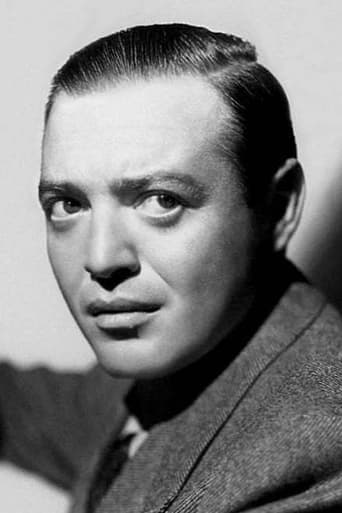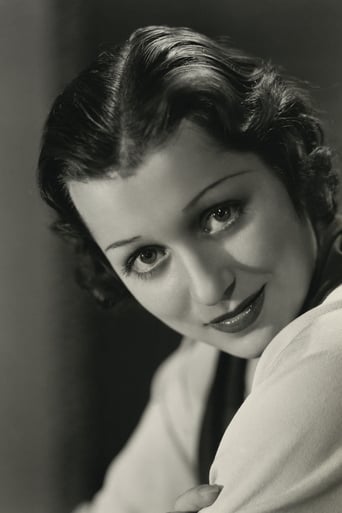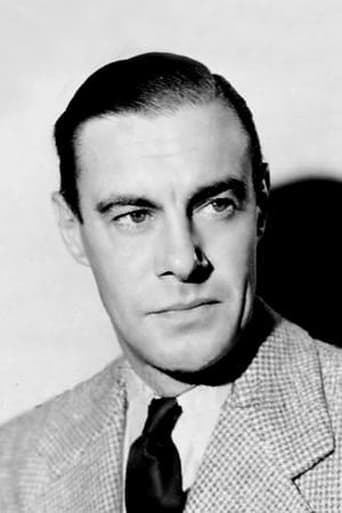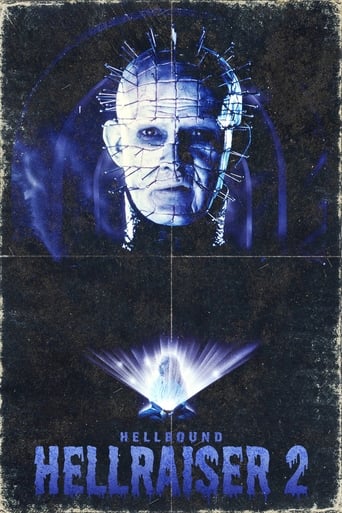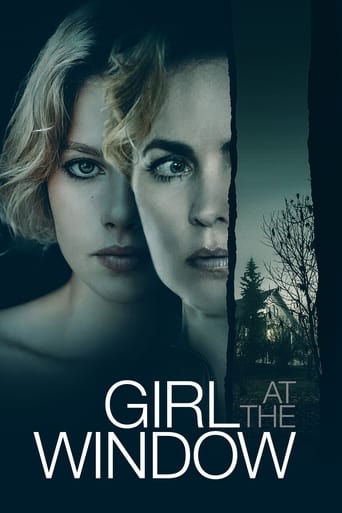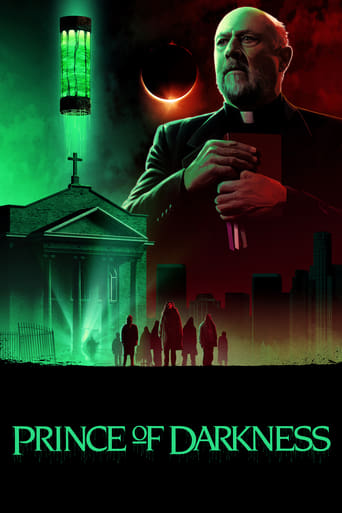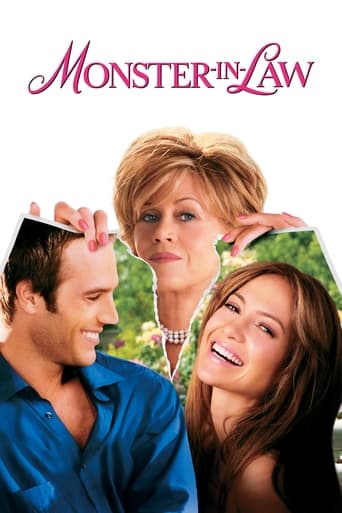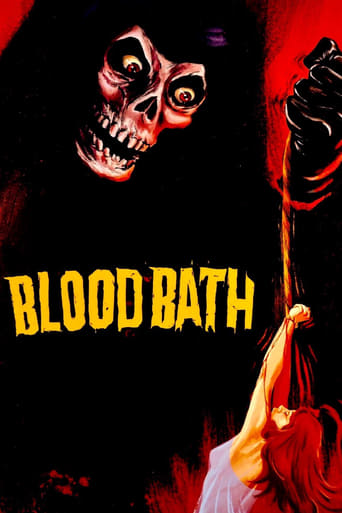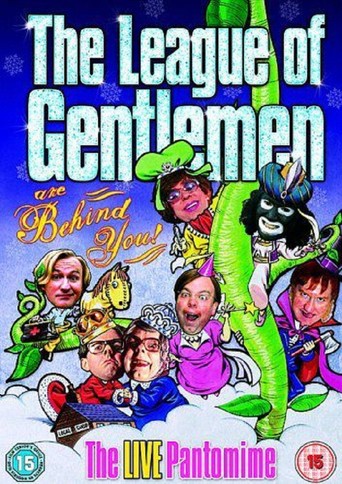
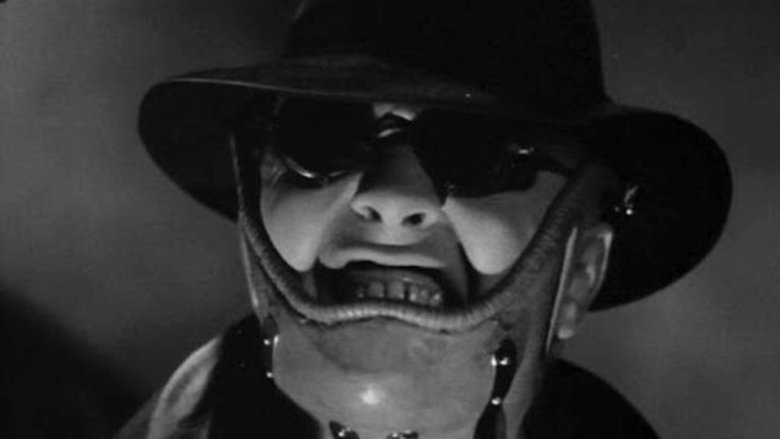
Mad Love (1935)
An insane surgeon's obsession with an actress leads him to replace her wounded pianist husband's hands with the hands of a knife murderer--hands which still have the urge to throw knives.
Watch Trailer
Cast


Similar titles
Reviews
I thought I was going to like this film more. After all, you have Peter Lorre, severed hands, Colin Clive, Karl Freund...what's not to love, right? Well...let me count the ways. (Spoiler alert.) First of all, this is NOT a horror film. The 'severed hands' mentioned in the plot summary are a serious red herring, as they really have little to do with the plot in terms of how it develops (until the end). And at no time do they play a sinister role (as compared to say, the body parts in "Frankenstein"). The basic story is really this: there is a brilliant but strange doctor who suffers with unrequited love from a local actress. His obsession grows to the point where he attempts to frame her husband for murder, hoping this will free her from the marriage and make her more open to his advances. That's about it. Where is the horror? Sorry, it's just not there. Drama? Sure. Thriller? Maybe? Horror? Certainly not.Other detrimental features include a very fast-talking and annoying American newspaper reporter (the film is set in Paris, France) who seems to have no trouble at all ingratiating and embedding himself with the local police. Sure, that's likely to happen. Also, Lorre's character purchases a wax figure, but in several scenes the 'figure' is actually Frances Drake pretending to be the figure. It is fairly obvious as she leans and twitches trying to remain still. It wasn't too hard to see it was Frances and not a wax figure. In another scene, Colin Clive's character briefly meets with a 'mysterious and unknown character' and only the most clueless viewer maybe couldn't see that this person was in fact Lorre's character (someone who Clive has already met). The fact that Clive could not see that this was Lorre was pretty weak from a plot perspective.On the positive side, Lorre was great in this role. Supposedly Charlie Chaplin proclaimed, after seeing "Mad Love," that Lorre was the greatest actor of the day. High praise indeed. And while he was good, if you watch Karloff's portrayal of the monster in both "Frankenstein" and "Bride," I have a bone to pick with Chaplin. Karloff was every bit as good. But anyway..."Mad Love" is a decent little film but in the final analysis there is nothing spectacular about it, and I don't feel compelled to watch it a 2nd time. Lorre was better in other roles, the cinematography was good but nothing groundbreaking here either. And then there's the story itself....it's OK but lacks any sense of real suspense. Given the high rating here I expected much more. 6/10.
The classic story of The Hands of Orlac is 'grafted' (sorry) on to this tale of doomed love and romance. Essentially a showcase for Peter Lorre's creepy talents, it's clear that without Lorre's presence this would be a much less interesting film. Every moment he's on screen, Lorre dominates the proceedings, and his physical image - bug eyes, bald head - has never been better than in this. He's creepy, disturbing and also strangely tragic, like a lost puppy.This is very much a product of the '30s, and has the same highlights and low points as many other films of the time. On the plus side, the film is visually arresting, with crisp black and white photography adding plenty of atmosphere to the sets and scenery, highlighting the light and dark areas. The acting is pretty intense all round too; it comes dangerously close to being laughably over the top, yet it works for me. Lorre is excellent as the brilliant yet doomed doctor; Frances Drake is the beautiful object of his affection, and her physical presence was more than enough for me (I didn't really notice her acting abilities). Colin Clive is on hand to lend yet another harrowed performance in the FRANKENSTEIN vein, and it's only Ted Healy who disappoints as a reporter. This leads me on to the film's main flaw; the use of silly comic relief, and there's far too much of it.This unwelcome comedy marred many films of the same period (check out THE BRIDE OF FRANKENSTEIN). Oh well, we can only watch and shake our heads and think how much things have moved on since then, I suppose. MAD LOVE does have a number of classy, exciting moments. The most memorable would be when Lorre dresses up in a neck brace and pretends to be the dead killer, returned from the grave (his image here was very influential - check out BODY PARTS). Clive's knife-throwing scenes are tremendously fun, while the fast-paced ending doesn't disappoint either. I really liked Edward Brophy's performance as the murderer Rollo, too - he was hilarious. A minor classic of the genre, this isn't scary but instead acts as a showcase for Lorre's huge talents, while being an entertaining, and quick-moving tale of madness, revenge, murder and...amputation!
Thank the gods for the internet, huh? In this modern age, internet communities and online reviews give us a chance to discover films that would otherwise go well below our radar. It is was the case that I found this movie to be highly recommended by several sources and it did not disappoint.I have been a monster kid since I was a young one in the 70s and read every horror movie history book I could get my hands on, but this movie never seemed to pop up in those mentions. Part of that is no doubt due to its' oddity among its' 30s brethren. This is a not a "monster movie" as was so popular during those days. Instead it predates the more thriller oriented horror of the 40s that would come later on, focusing instead on a deranged and slightly maniacal doctor longing for a love that he cannot have. Doing a little research on the movie, I also find that critics were not kind to it during its' day, but have come around in the past few decades, probably another reason that it is more mentioned now than it was during its' time.That seems to be a surprise because the movie is a horror fiend's dream. Based on a novel that had already been filmed as THE HANDS OF ORLAC with CALIGARI's Conrad Veidt. Directed by legendary cinematographer Karl Freund, with a script from Guy Endore, whose novel THE WEREWOLF OF Paris was a heralded classic made into the Hammer film CURSE OF THE WEREWOLF. The cast features the wonderful Peter Lorre in his first American role, along with Doc Frankenstein himself, Colin Clive. All of these parts together were almost certain to yield something worthwhile.The beginning of the movie sets a dark tone right from the start. Using the Grand Guignol stage as its' backdrop, we are immersed in a world of chills, as each employee of the theatre is dressed in spooky costume, before our heroine takes the stage in a production that would make Mario Bava proud. From there, we go to a beheading, complete with shiny, sharp guillotine and gallows humor. While there are no fantastic monsters present (as in Universal's work of the time), there are certainly chills to mark this firmly in horror territory.The story strays from the plot of the earlier HANDS OF ORLAC by placing much more emphasis on the new character of Dr. Gogol, played by Lorre. He's the glue holding this movie together, as he displays impressive range. We know from the beginning that there's something a little off about him. Clearly, he's obsessed with the heroine and maybe a little too much with torture, beheadings and deathly theater. In an early scene, we see that he's a little bit socially backwards as he takes an opportunity for a peck on the cheek with our heroine as a chance to plant a deep kiss on her.From there, his obsession spirals out of control, just as much as his grip on sanity seems to be spiraling downwards. His plot to make Yvonne his own ultimately ends with a dastardly surgery and murderous plot. By the time he comes to dress as a dead serial killer to further his ruse with Orlac, it's clear that he's crossed from damaged goods to full- on maniacal villain.The directing of Freund is spot on, as always. His movies look incredible and this is no exception. Watch the early conversation between Gogol and Yvonne in her dressing room and the use of close ups for a director clearly in firm grasp of his craft. The movie would work almost as effectively on mute as it does with sound.I recommend this to any fan of early horror or thrillers. What it may lack in a memorable monster, it more than makes up for by presenting a good story with great characters.
In this reasonably good 1935 film, Peter Lorre is Dr. Gogol, a genius at surgery who is driven irretrievably mad by his love for Frances Drake. Drake is an actress at the Grand Guignol Theater in Paris. The shows at the theater consist of nothing more than scenes of staged torture featuring different characters, much like today's unending stream of slasher movies, appealing to the most noble parts of human nature.Drake, however, is married to a renowned pianist, Colin Clive as Stephen Orlac. You'll remember Colin Clive when you see him. You'll probably recall his most famous lines: "Get BECK! Oh, get BECK! -- It's ALIVE!" Gogol attends every show that features Frances Drake, hopeless as his love is. It's a kind of self torture. She, on the other hand, has no idea that his passion for her extends beyond her role as an actress.Then Clive has his marvelous hands crushed in a train accident. (Good scene.) Drake importunes Lorre to help, so Lorre takes the hands of a recently guillotines murderer who was a circus knife thrower, and attaches them to the stumps of Clive's wrists. The hands seem to take on a life of their own, with Clive still unable to play the piano well but now a skilled thrower of knives.This is a familiar theme, probably started by Maurice Renard's novel, "The Hands of Orlac" (1920). It was not only made into a silent film in 1924 but remade again in 1962. And on top of that there have been myriad variations on the theme. Michael Caine had trouble with his hand in the innovatively titled "The Hand." I don't think we need to go on to list all the other transplant horror movies. There are enough to make me think twice about having a hair transplant. Brain transplants alone would run to thousands of pages. And then there's Frankenstein's monster with his enormous Schwanz in Mel Brooks' movie, "Young Dr. Frankenstein." As Dr. Gogol -- where do they get these names? -- as Dr. Gogol, Peter Lorre is really rather creepy. He keeps popping up with queerly apt quotes. "Each man kills the things he loves," from Oscar Wilde, and later some shtick from "Othello". His face is chubby and pasty, his head is shaved, his eyeballs pop, he plays mournful music on the organ, and as he descends into madness he begins to look and act drunk instead of just insane. His lower lip droops and he seems to drool. There are a couple of horrific scenes that will scare the kids, the most likely being the one in which Lorre poses as the guillotined man and rips open his collar to show the neck brace and metal struts that keep his head attached to his body. His wild and manic cackle is spooky.I thought it was well done, as these things go. It was part of a series of shocking monster and horror flicks that came out of Hollywood and elsewhere in the 1930s. After 1935, they declined rapidly in quality and lost their surprise value. There was a brief revival of horror flicks, half spoofs of themselves, in the early 60s, and then about 20 years ago a new cycle began that has yet to exhaust itself. For the most part they're pretty revolting gore fests, not nearly as scary as some of the better done, practically antiseptic movies like "The Exorcist" and "Rosemary's Baby."


